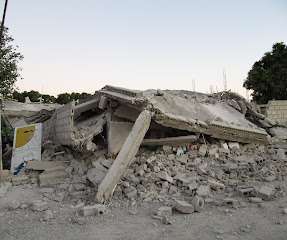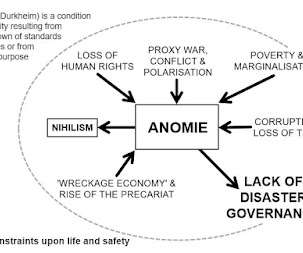The 2019 Global Assessment Report (GAR)
Emergency Planning
MAY 30, 2019
An example of this for the 2013 GAR can be found in Di Mauro (2014). Unofficial voices have suggested that the 'cure to damage ratio' for natural hazards is 1:43. Disaster Planning and Emergency Management, 18 July 2017. At Risk: Natural Hazards, People's Vulnerability and Disasters (2nd edition). GNCSODR 2015.












Let's personalize your content